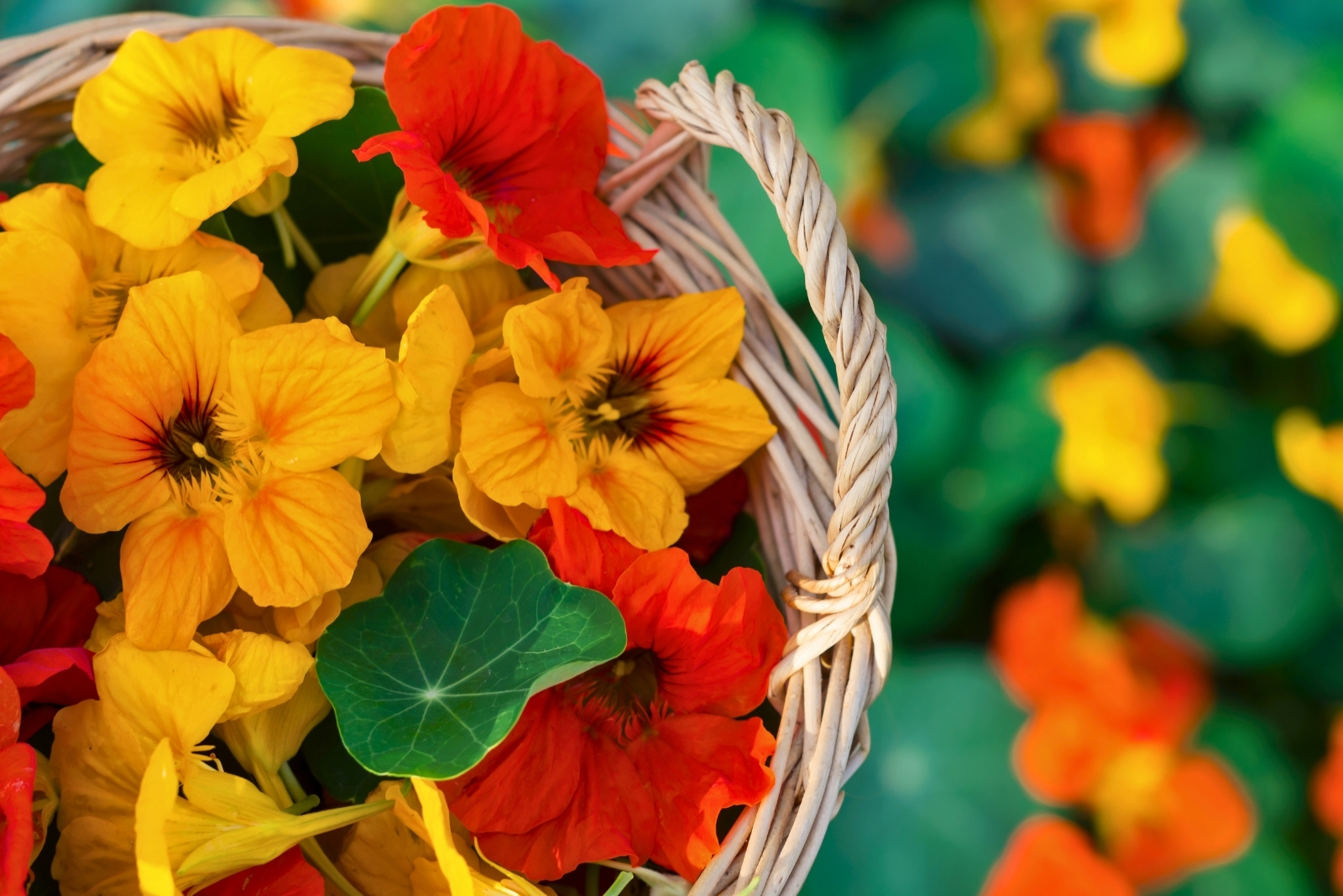13 Edible Flowers You May Plant Now For Summer Blooms
Edible flowers bring a pop of color and a touch of flavor to any garden. I love sprinkling them into salads or using them to brighten up desserts. Planting them now gives you a head start on a vibrant summer garden.
They’re surprisingly easy to grow and add charm to both your garden and your kitchen. Watching these blooms thrive is one of the most rewarding parts of summer gardening.
1. Nasturtium
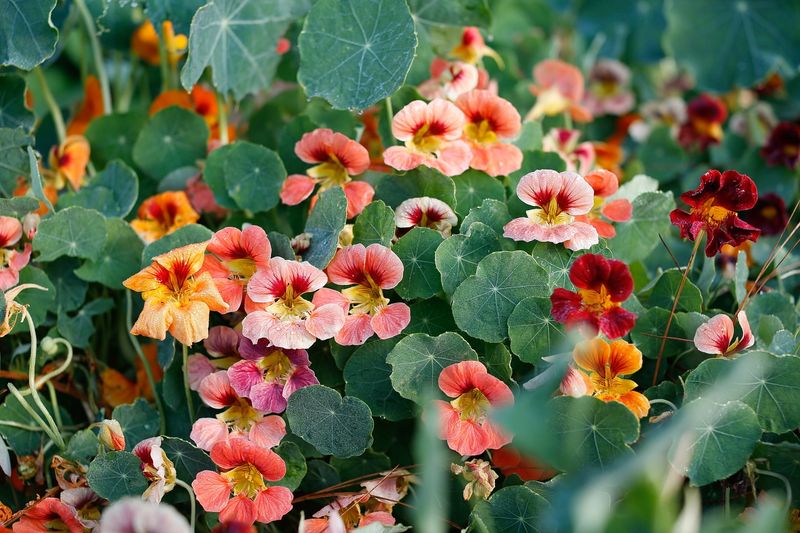
Bright and peppery, these colorful blooms add a spicy kick to salads. The entire plant is edible, from the round leaves to the trumpet-shaped flowers in shades of red, orange, and yellow.
They’re incredibly easy to grow from seed and thrive in poor soil with minimal water. Nasturtiums naturally repel garden pests while attracting beneficial pollinators to your garden.
2. Calendula
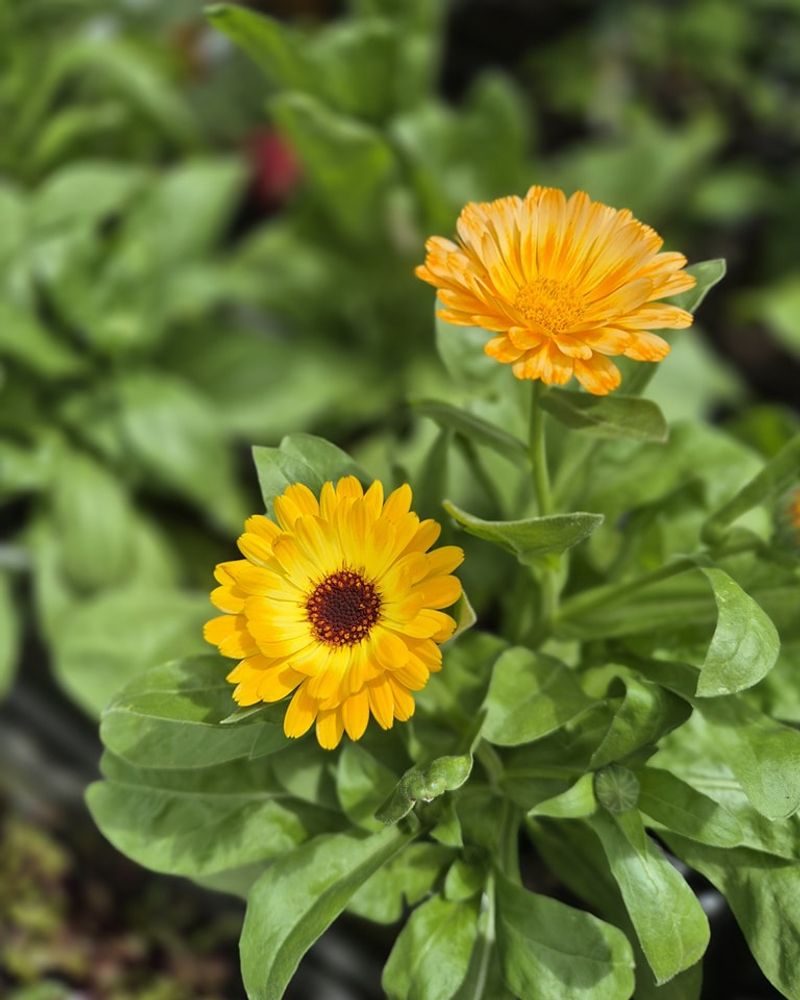
Often called pot marigold, these sunny yellow and orange petals have a slightly tangy, peppery taste. They’re perfect for brightening up salads, rice dishes, or as a natural food coloring for butter.
Sowing seeds directly in the garden after the last frost will reward you with blooms all summer long. Calendula also has healing properties and has been used in skin remedies for centuries.
3. Borage
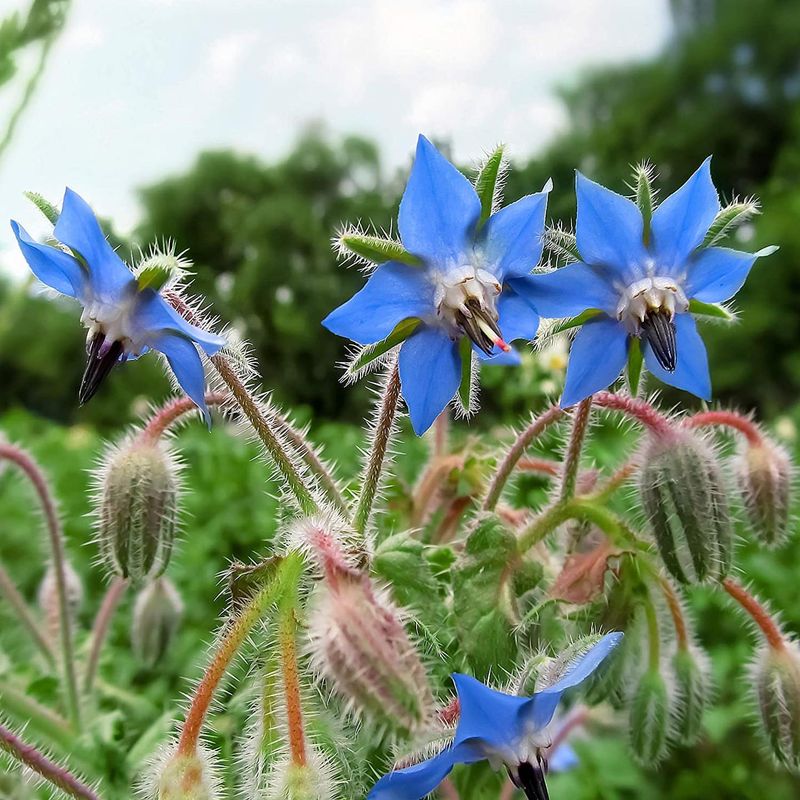
Star-shaped blue flowers offer a mild cucumber flavor that works wonderfully in summer drinks and desserts. The fuzzy leaves might look intimidating, but they’re equally edible and make a nice addition to salads when young.
This herb grows quickly from seed and self-sows readily, ensuring years of beautiful blooms. Bees absolutely adore borage, making it a fantastic addition to any pollinator-friendly garden.
4. Chamomile
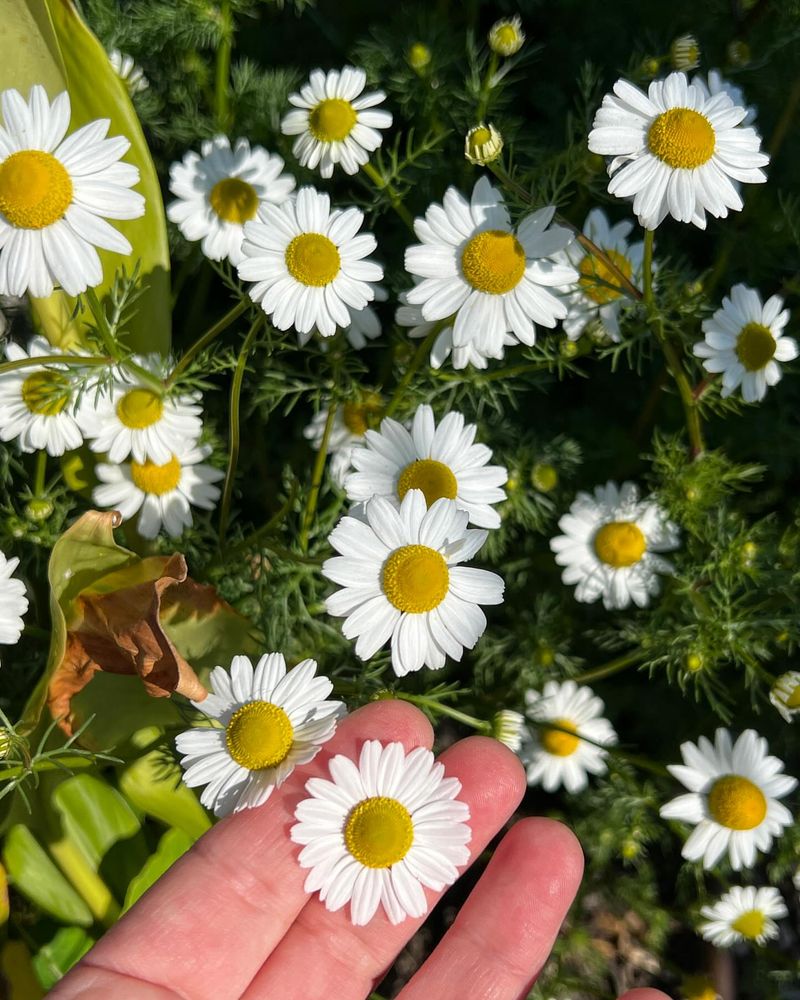
Delicate daisy-like flowers with a sweet apple scent make the perfect bedtime tea. Growing your own means you’ll have the freshest blooms for drying and storing for year-round use.
The plants form pretty mounds of feathery foliage topped with tiny white petals surrounding yellow centers. Chamomile is surprisingly tough despite its dainty appearance and will thrive in average garden soil.
5. Lavender
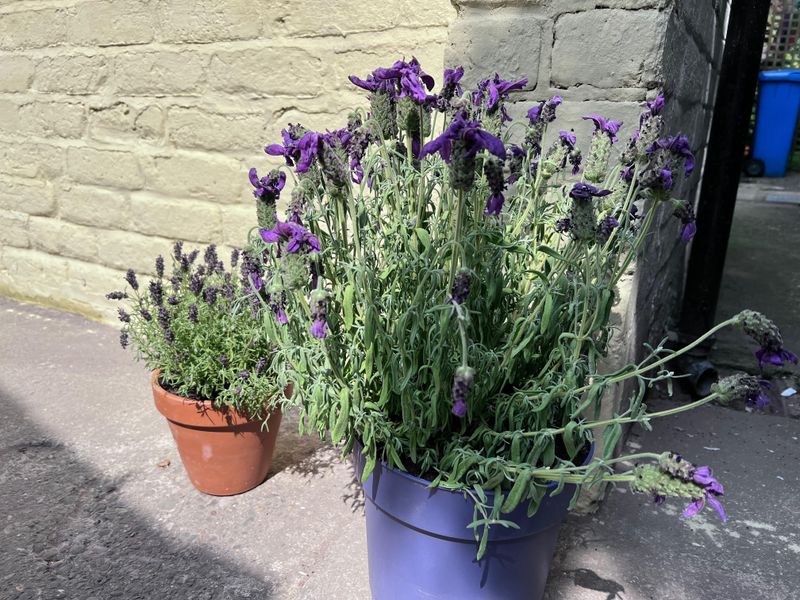
Aromatic purple spikes add a delightful floral note to cookies, ice cream, and cocktails. Use sparingly as the flavor is potent – a little goes a long way in culinary creations.
Plant in well-draining soil where they’ll receive full sun for the most fragrant blooms. Lavender attracts beneficial insects while deterring garden pests, making it both beautiful and functional in your garden beds.
6. Pansy
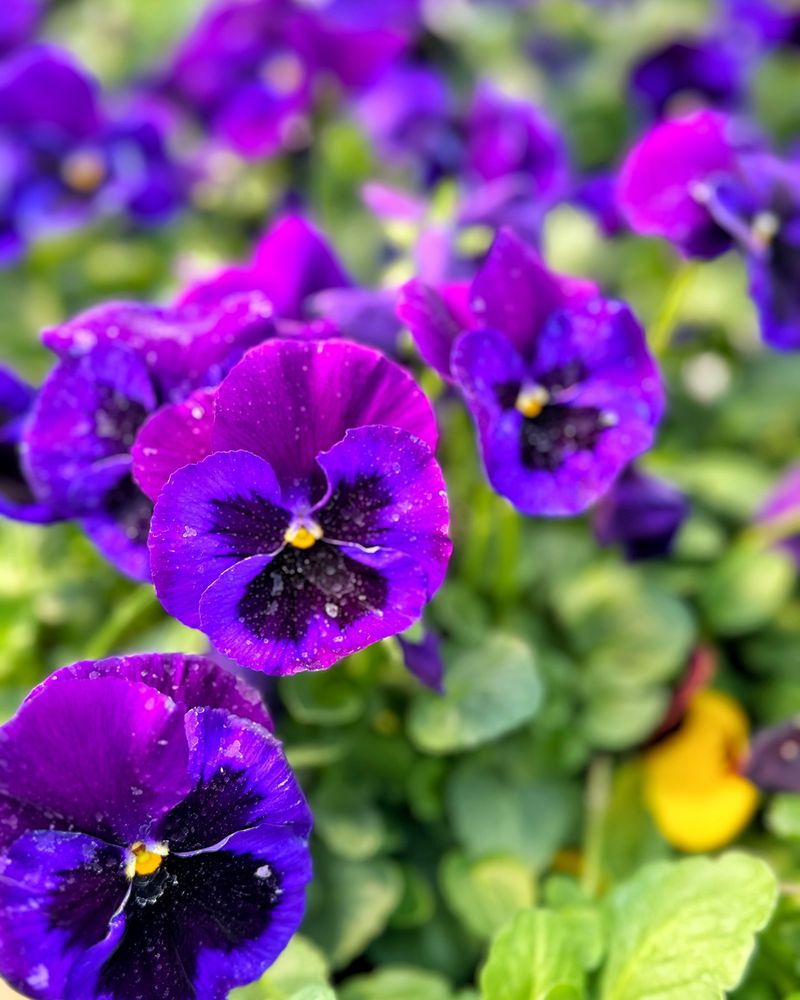
Cheerful faces in every color imaginable bring whimsy to your plate with their mild, slightly sweet flavor. Freeze them in ice cubes for the prettiest summer drinks or use fresh to decorate cakes and desserts.
Start seeds indoors 8-10 weeks before your last frost date for earlier blooms. Pansies prefer cooler weather but will continue flowering through early summer, especially if you provide afternoon shade.
7. Anise Hyssop
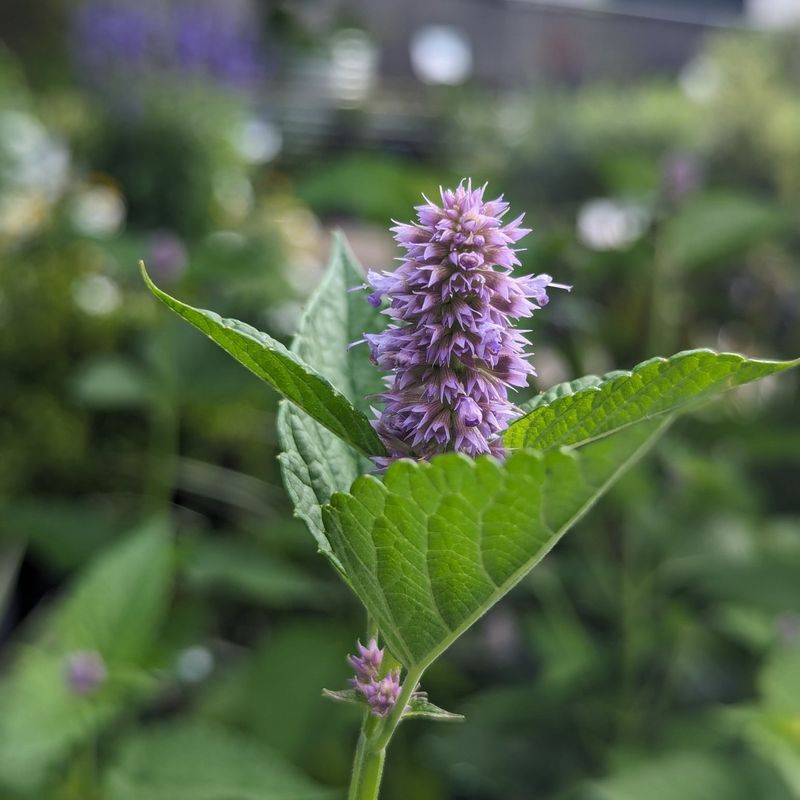
Stunning purple spikes taste remarkably like licorice with hints of mint and anise. The tiny star-shaped flowers make beautiful garnishes and can be used to flavor teas, desserts, and fruit salads.
This North American native attracts butterflies and bees by the dozens. Once established, anise hyssop is drought-tolerant and will return year after year, spreading gently through self-seeding.
8. Violets
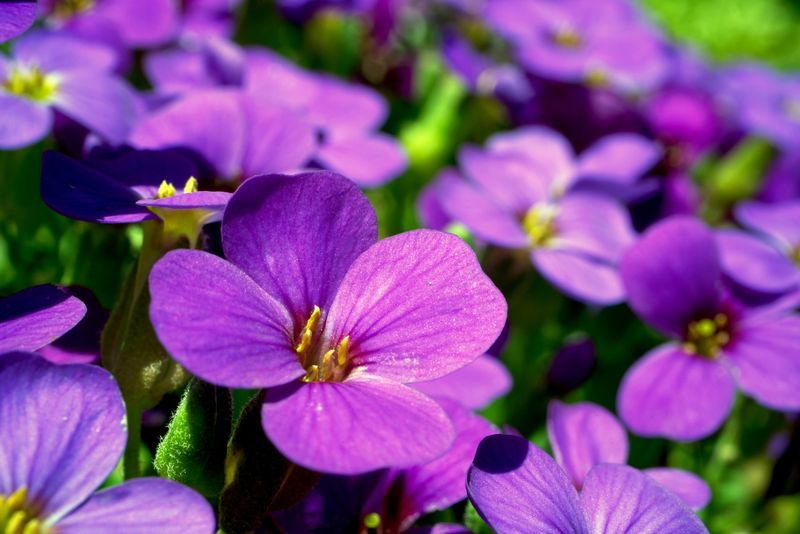
Sweet woodland treasures appear in early spring with a delicate floral flavor. The heart-shaped leaves are also edible and packed with vitamin C, making both flowers and foliage worth harvesting.
Candied violets have adorned fancy desserts for centuries and are surprisingly easy to make at home. These charming plants prefer partial shade and will naturalize in the right conditions, returning each year.
9. Marigold
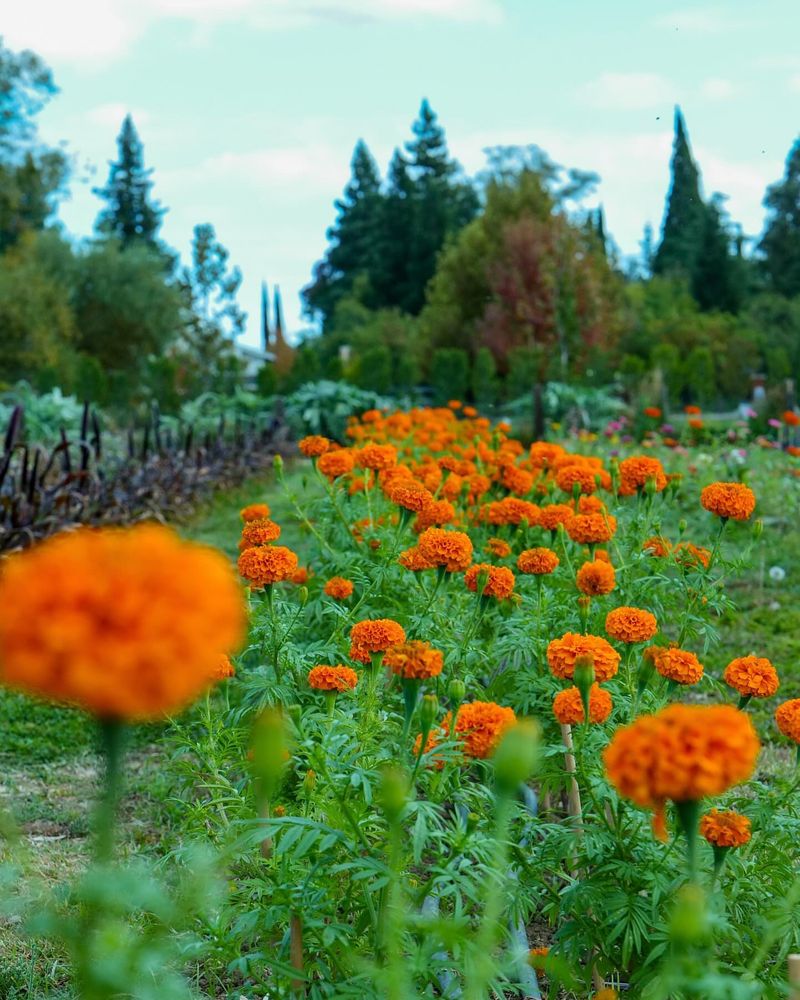
Vibrant gold and orange blooms add a pop of color and slightly citrusy flavor to dishes. The petals can be used as an affordable substitute for saffron in rice dishes, giving both color and taste.
Sow seeds directly in the garden after danger of frost has passed. Marigolds are workhorses in the garden, deterring nematodes and other pests while brightening up vegetable beds with their cheery flowers.
10. Bee Balm
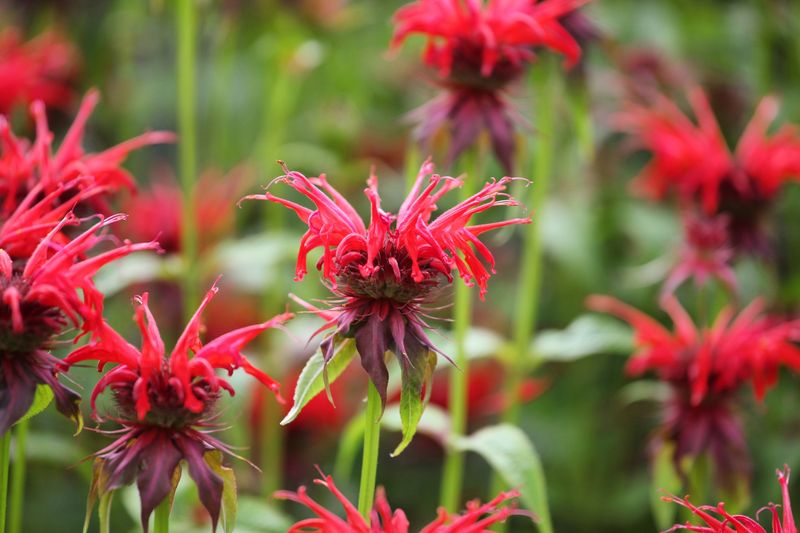
Shaggy, crown-like flowers in red, pink, or purple have a distinctive minty-oregano flavor. Native Americans used bee balm for tea, and you can add the petals to fruit salads, desserts, and summer drinks.
This native perennial attracts hummingbirds, butterflies, and bees to your garden. Plant in a sunny spot with good air circulation to prevent powdery mildew and enjoy blooms from mid to late summer.
11. Dianthus
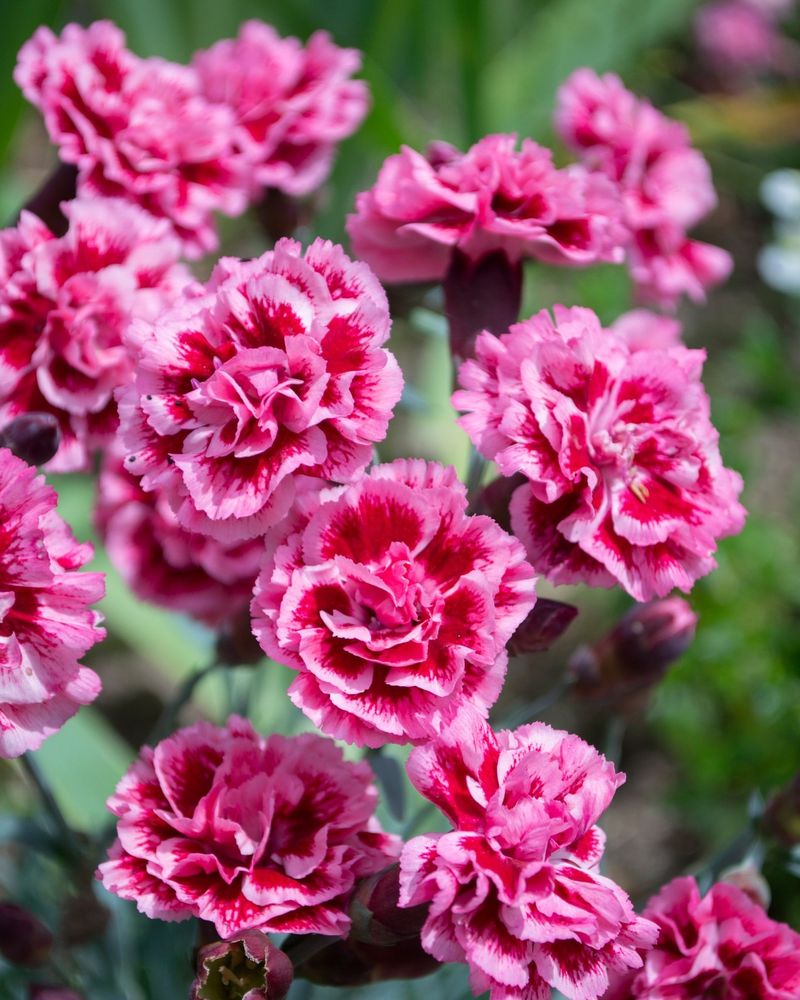
Also known as pinks, these frilly-edged blooms have a clove-like flavor reminiscent of their relative, carnations. The petals add a sweet spiciness to desserts and can be used to make flavored sugar or syrup.
Start seeds indoors 8 weeks before last frost for earlier blooms. Most varieties form neat mounds of blue-green foliage topped with fragrant flowers that will bloom throughout summer with deadheading.
12. Sunflower
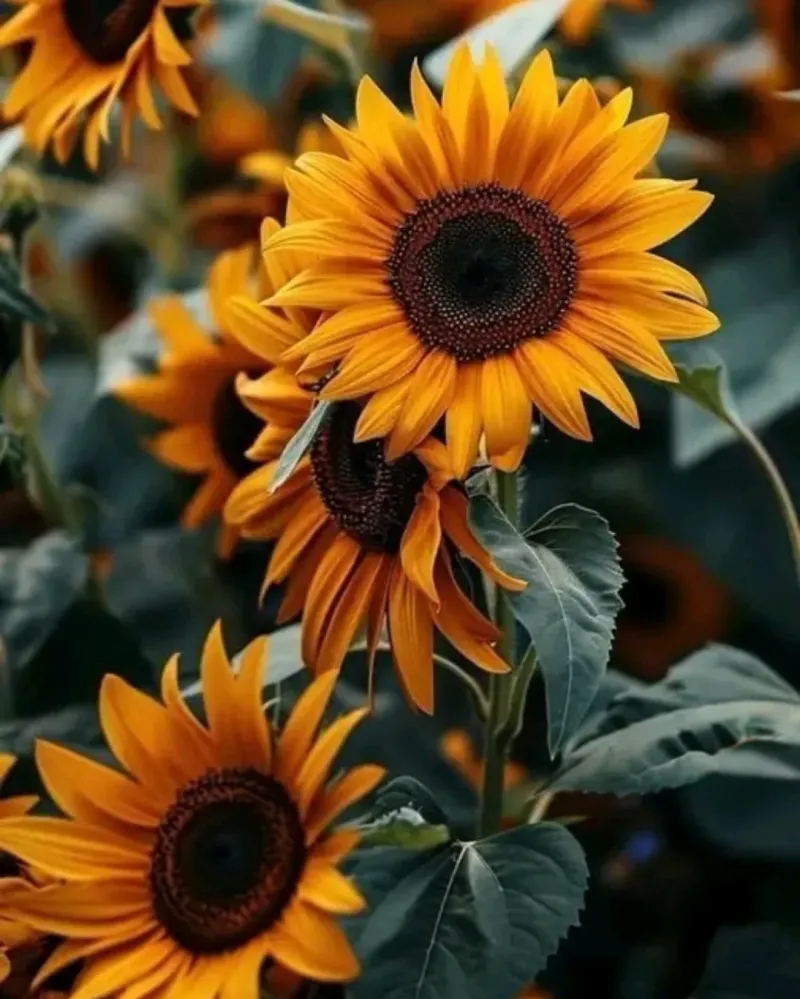
Young flower buds can be prepared like artichokes, while the cheerful petals make a bright addition to salads. Most people only think of the seeds as edible, missing out on the flower’s culinary potential.
Plant seeds directly in the garden after frost danger passes. For continuous harvests, sow new seeds every few weeks until midsummer, choosing varieties ranging from mammoth to dwarf for different garden spaces.
13. Squash Blossoms
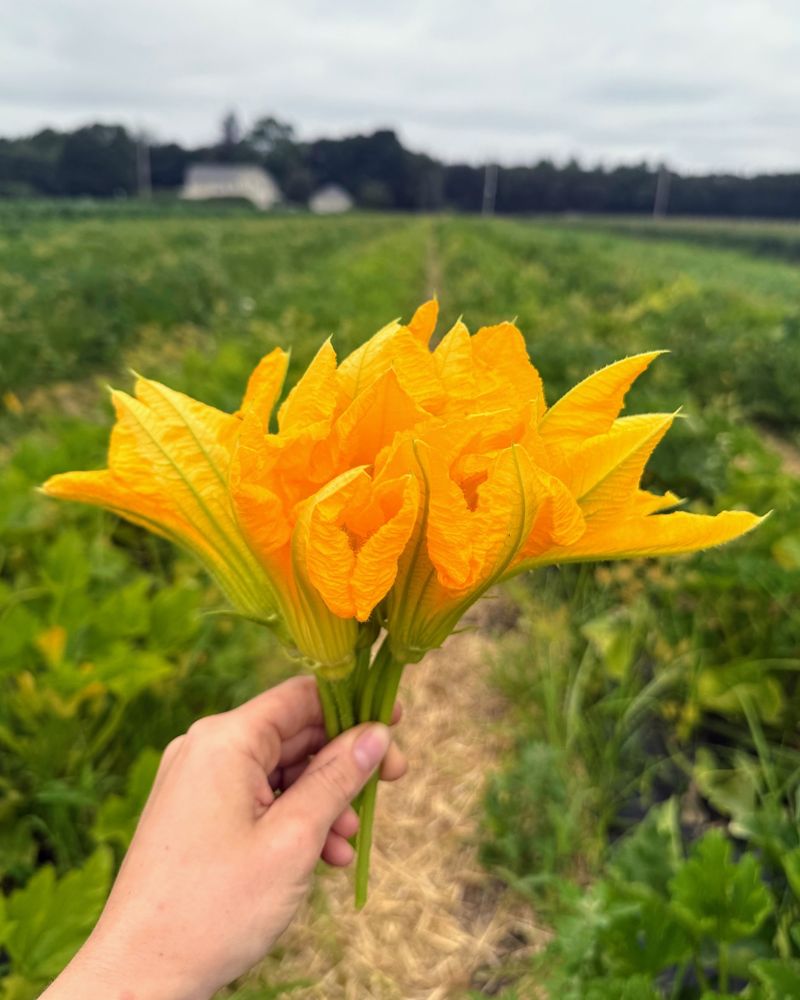
Bright yellow trumpet-shaped flowers from summer squash, zucchini or pumpkins are culinary treasures. They have a mild, sweet flavor that’s perfect for stuffing with cheese and herbs before lightly frying.
Harvest in the morning when flowers are fully open but before they wilt. Pick male flowers (those with straight stems) to enjoy the blossoms while still allowing female flowers (with tiny fruits behind them) to develop into squash.

